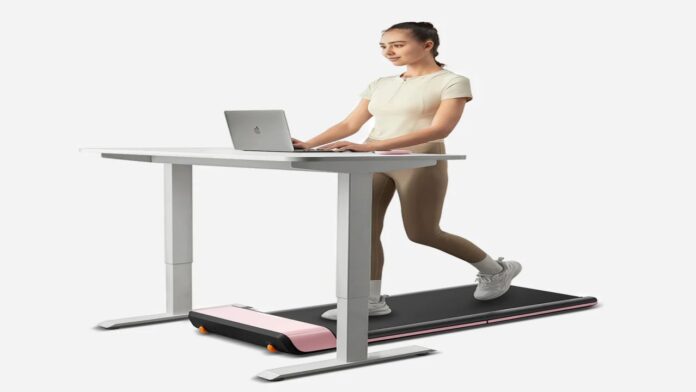Embarking on the journey of fitness, we are often presented with an array of choices. The debate between a walking platform treadmill and a folding treadmill is one that many fitness enthusiasts and home gym owners find themselves entangled in. While they may seem similar at first glance, these two models cater to diverse needs, fitness goals, and lifestyles. Let’s delve deeper to understand these treadmills better, equipping you with the knowledge you need to make an informed decision.
Deep Dive into Features and Functionality
Walking Treadmills
Walking treadmills are designed with a focus on lower-speed exercises, often going up to 4-6 mph. The smaller deck size and robust handrail systems render them ideal for the elderly, individuals undergoing physical rehabilitation, or anyone seeking a lighter, more casual exercise routine. While they typically boast fewer features than their folding counterparts, they offer essential functions such as speed control and digital displays for time, distance, and calories. Some even incorporate heart rate monitoring for a more comprehensive overview of your workout.
Folding Treadmills
Folding treadmills, conversely, are more versatile, catering to both walking and running with a broader speed range reaching 10-12 mph. These treadmills are equipped with larger decks and often feature advanced capabilities like customizable incline settings, varied workout programs, and interactive tech interfaces. The unique feature is their ability to fold for compact storage, making them an ideal choice for those grappling with limited living spaces.
Suitability and Essential Considerations
Picking the perfect treadmill requires a nuanced understanding of your needs and context. First, consider your fitness objectives. If you lean towards light cardio or are on a rehabilitation journey, a walking treadmill could be your best bet. However, if your goals include intense cardio workouts or training for a marathon, a folding treadmill would be more apt.
Space availability is another crucial consideration. Walking treadmills typically occupy less room due to their smaller deck size, but folding treadmills offer the convenience of being stored away, freeing up your space post-workout.
Lastly, your budget plays a significant role. Walking treadmills are generally more affordable, given their basic design and fewer features, whereas folding treadmills, boasting an array of advanced functionalities, tend to come with a heftier price tag.
The Pros and Cons at a Glance
Walking Treadmills
Pros:
Ideal for light cardio workouts and rehabilitation purposes
Compact size is a boon for smaller spaces
More budget-friendly option
Cons:
Limited speed range may not suit all fitness levels
Fewer features than more advanced models
Not ideal for those seeking high-intensity workouts
Folding Treadmills
Pros:
Versatility allows for both walking and running workouts
Advanced features provide a personalized workout experience
Can be folded and stowed away, offering space efficiency
Cons:
Requires more room when unfolded for use
Generally, more expensive than walking treadmills
The complex design may require more frequent maintenance
Conclusion
The decision between a walking treadmill and a folding treadmill is fundamentally influenced by personal needs, space constraints, and budgetary considerations. Walking treadmills are best suited for those engaging in low-impact workouts or who have spatial restrictions. On the flip side, folding treadmills cater to those aspiring for higher-intensity workouts, desire a range of workout options, and can allocate a higher budget for their fitness investment.
The final verdict? Whichever model you lean towards, ensure it aligns with your fitness goals and accommodates your lifestyle. After all, the ultimate goal is to have a treadmill that inspires and supports you on your fitness journey.










